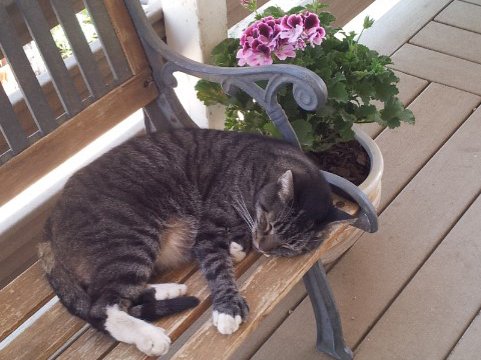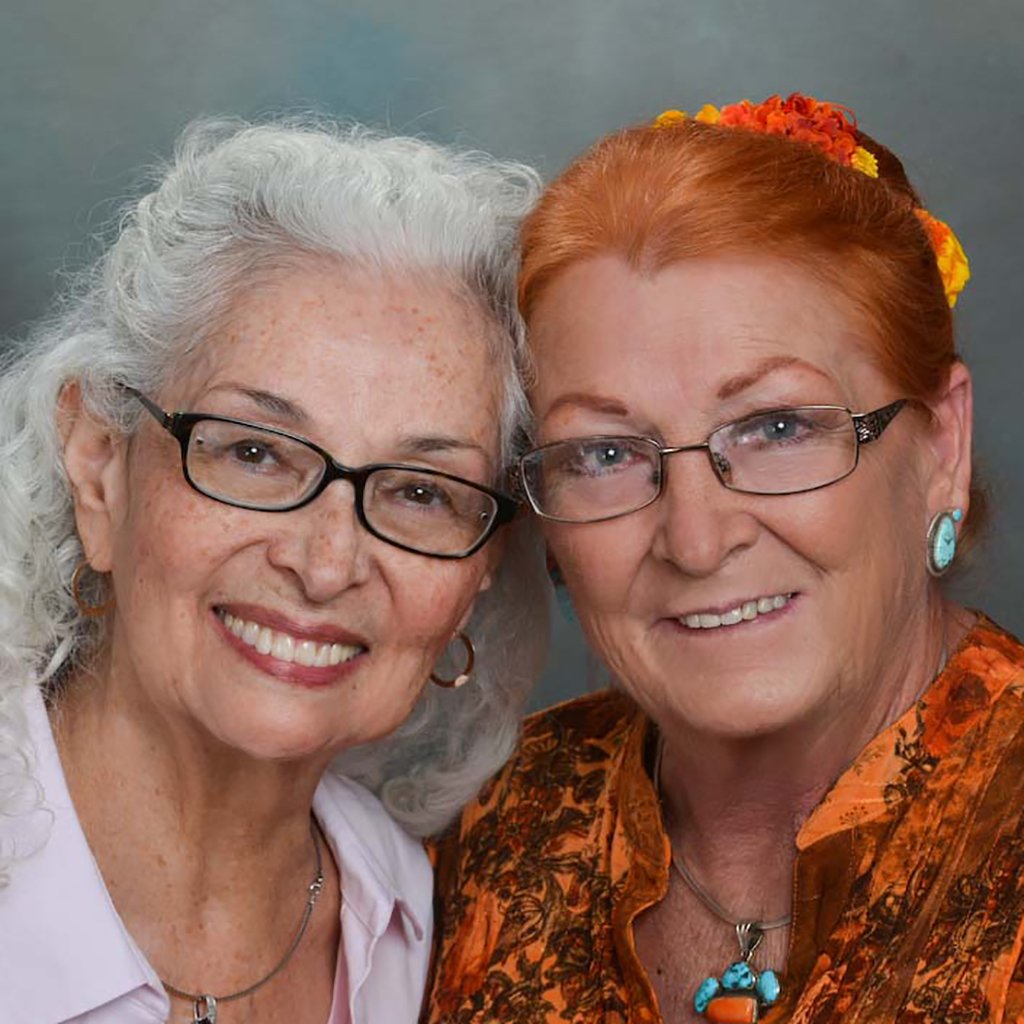Tiger, an unwanted kitten in a litter of five, began life under the porch of a dilapidated rental house in Lake Elsinore, across the street from my parent’s home. The young woman who claimed ownership of Tiger’s mother planned to discard the entire litter at a high kill shelter. My Mom and sister saw the kittens and rescued three of them, including Tiger. Tiger was a standout in the litter because of his perfect markings and his 22 toes. He was a grey-striped cat with a perfect white bib across his chest that ended in a point between his front legs. All four feet had evenly matched white toes, six on each front leg and five on each rear. Tiger was curious, affectionate, and loved attention.
Tiger grew up in my mother’s home with lots of affection. My sister and her young daughter played with him. My mother cuddled with him while she watched TV. He didn’t wander the neighborhood. He had everything he needed.
Four years later, my widowed mother sold her home and moved in with my husband and me. She needed more help because of her health issues. We were better able to provide for her than other family members. During the move, my sister claimed Tiger. Mom didn’t argue but left a case of 24 cans of Tiger’s favorite cat food with her when we brought the final load to our ranch.
A month after Mom moved in, my sister called and said she had no place to live, she was staying with friends, and had no place for Tiger. Mom drove 70 miles to pick him up. My sister gave her the remaining 15 cans of cat food. Mom was heartsick that she had not fed Tiger for most of that month.
Tiger moved into what must have felt like chaos. We shared our home with two other cats and five dogs. Tiger blended in seamlessly. He was outgoing, gregarious, and self-assured of his place on this planet. He was especially enamored by our hundred-pound black Labrador, Clyde. At that time, we had three of the 48” diameter dog beds in the house lined up in front of the TV in the living room. After dinner at night, Mom, my husband, and I sat down to watch TV before bed. Clyde and Tiger occupied one of those dog beds together. They had a ritual of tongue bathing each other before curling up together and falling asleep.
Tiger was a different cat in many ways. Usually, cats will scurry away and hide when strangers come into the house. Tiger didn’t. He perked up, came forward, and greeted them vocally, gave them a good-cat-scan-sniff-test, then rubbed against their legs. My husband came home from the hospital after cancer surgery, and we had frequent visits from the home-health-care nursing staff. Tiger liked one male nurse especially. That poor man always left with cat hairs on his scrub pants. One day, two showed up and sat on the couch with their laptops on the coffee table to do their charting. I had to pick Tiger up and put him on my lap so they could work. Several times, Tiger walked across their keyboards, trying to get their attention.
For most of his life, Tiger enjoyed dry cat food. I found the perfect feeder that dispensed food as needed. At 18 pounds, he looked like a well-nourished cat, but large, not one bit of fat. I noticed he was having trouble eating when he was 18 years old. I switched him to soft canned food, and he thrived. The problem was, he had to tell us when he was hungry. He became very vocal and yelled at me non-stop until I got his dish to him as if I was taking too long. We fed him on the counter of our bar to keep the dogs from eating his food. He began having trouble hopping to the sink counter level to reach it, so my brother made him what I used to call “Tiger’s Stairway to Heaven.” He carpeted it so that Tiger wouldn’t slip. He never had trouble getting to his food again.
At 21 and a half, Tiger’s health began to fail. He lost weight despite an increased appetite. He slept more and more during the day between eating five or six cans of Fancy Feast. He was still sweet and affectionate, but we knew he wasn’t feeling well. I took him to the vet and got the bad news that we could do nothing to help him medically. His body was giving up on him. So we let him go peacefully. I know he will be at Rainbow Bridge when my time comes. I’ll see him again, healthy, affectionate, and as vocal as ever when he escorts me over that Bridge.
I look forward to him yelling at me for taking too long.


